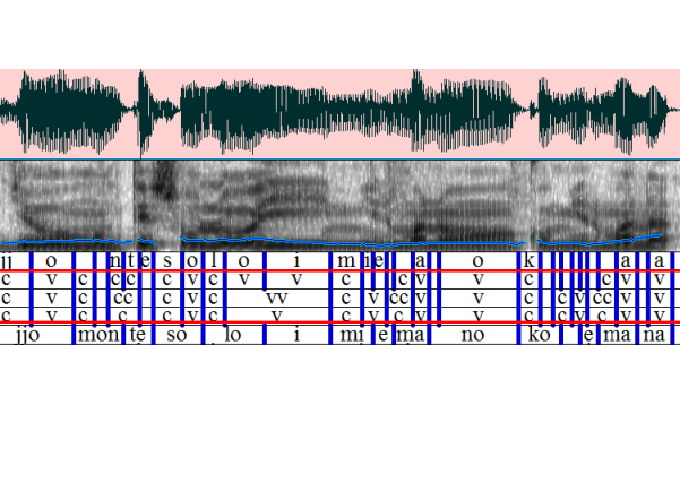This project aimed to test whether perceptual ratings for vocal tract (VT) tension correlate with prosodic-acoustic measures. A number of reasons can explain low inter-rater agreement when evaluating whether a voice is lax or tense; among others, lack of shared internal standards by different raters as to how to interpret tension. It was hypothesized that this may have been the case in a recent study involving the perceptual assessment of 24 speakers by two raters (San Segundo & Mompean, 2017). Therefore, in this project several prosodic measures were extracted from the recording of each speaker. The correlation test between the perceptual ratings and the prosodic variables shows a significant positive correlation between the ratings of Rater 1 and the variable varcoM (mean intensity variability across syllables). In contrast, the ratings of Rater 2 correlate positive and significantly with two rhythmic measures related to mean consonant dura-tion. For this second rater, we also found a significant negative correlation between his ratings and a number of variables related to syllable variability, in particular nPVI-Syl (normalized Pair-wise Variability Index of Syllable durations), r = -0.490, p < 0.01. These results imply that the acoustic cues playing a role in each rater’s auditory judgements are not the same. The different salience of intensity or durational characteristics, probably due to the different interpretations of the concept ‘tension’ by these raters should be taken into account in future studies with the aim of minimizing inter-rater disagreement.
PI: Eugenia San Segundo
Dates: Feb 2017 - April 2017
Funder: Swiss National Science Foundation (SNSF)
Funding scheme: International short research visits
Host: University of Zurich (UZH): Volker Dellwo & Sandra Schwab
Amount: 9,300 CHF
